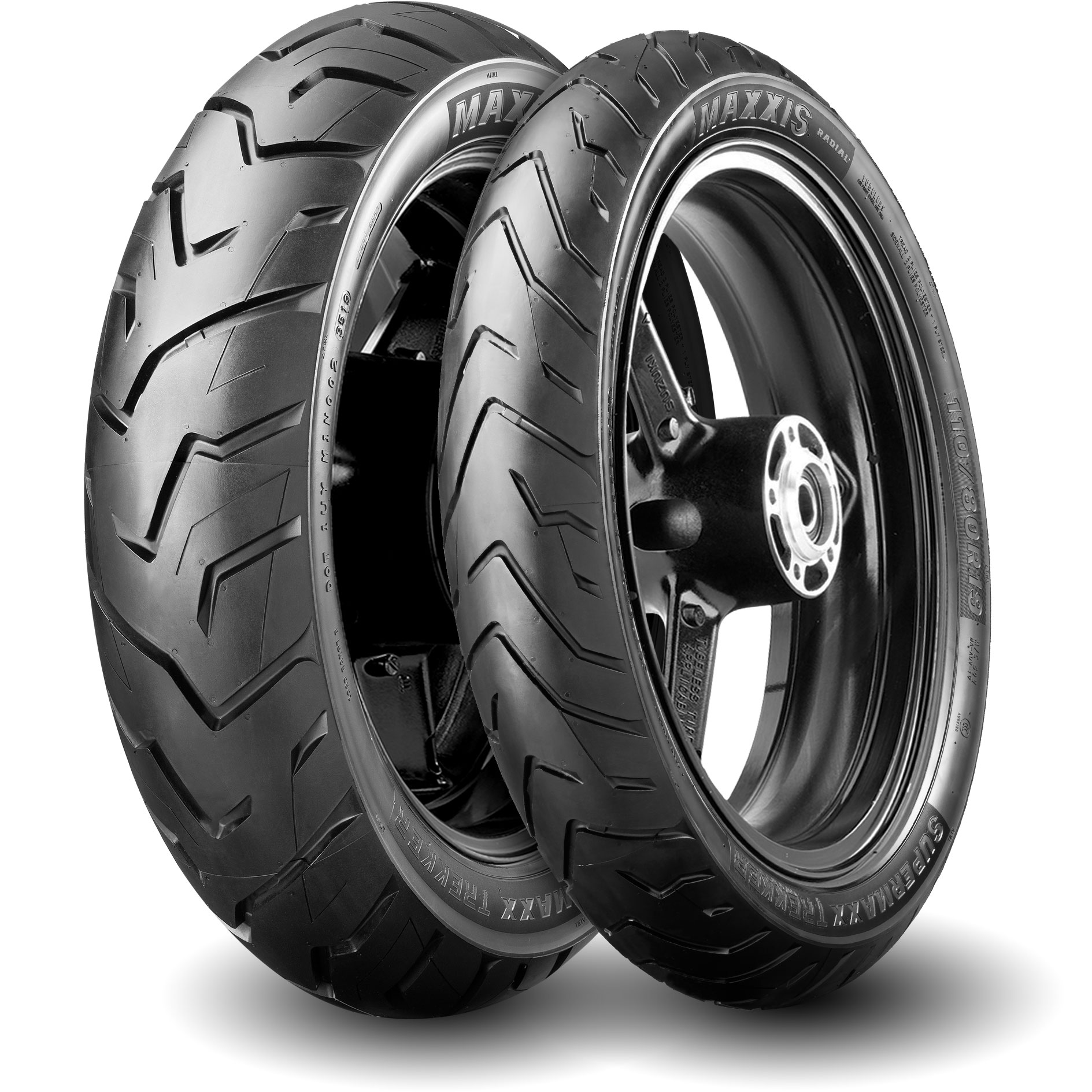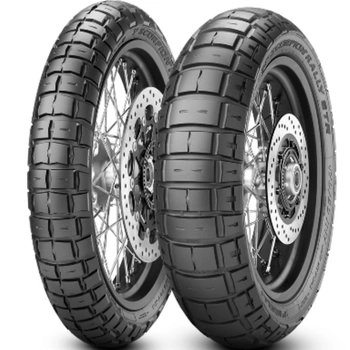Shop for best-selling Motorbike Tyres to enhance your bike’s performance.
All About Bike Tyres: A Comprehensive Guide for Fanatics
For bike lovers, understanding the complexities of their equipment's tyres is a critical facet usually overlooked. This guide, 'All Concerning Motorcycle Tyres', opens the intricate globe of tyre types, sizes, and requirements, all directly affecting performance and safety.
Understanding the Essentials: Different Sorts Of Motorbike Tyres
Worldwide of motorcycling, tires play a crucial function, not just in ensuring a safe trip but additionally in improving the total efficiency of the bike. They come in different kinds, each designed for details riding problems and efficiency needs.

After that there are dual-sport tires, which supply a balance in between on-road stability and off-road hold. Competing tyres, used for track auto racing, provide optimal grasp however have a very short life expectancy.
Understanding these types and their specific attributes aids bikers choose the best tyre for their riding design and conditions, thus making certain optimum performance and safety and security. Such understanding forms the structure prior to diving right into tyre dimensions and specifications.
How to Decode Your Motorcycle Tire Dimension and Specifications
Having a solid understanding on the various kinds of motorbike tires leads naturally to a deeper understanding of their sizes and requirements. The tyre's size and specs are normally suggested on the sidewall. The 2nd number, adhering to a lower, is the element proportion or the elevation of the tire's sidewall expressed as a percent of the width.
Particular letters may adhere to these numbers, symbolizing rate ranking and load index. 'M' stands for an optimal speed of 130km/h, while '70' suggests a load carrying capability of 335kg. Such intricate information can substantially affect a motorbike's efficiency. Therefore, it's necessary for cyclists to understand just how to decipher their motorcycle tire dimension and specifications.
Selecting the Right Tire for Your Riding Style and Conditions
Choosing the appropriate tire for your motorbike is not a decision to be ignored. It's critical to take into consideration the sort of riding one does frequently; whether it's commuting, touring, off-roading, or sports riding, each design requires a various type of tyre. Sport riders might opt for efficiency tires that supply superb hold and speed, while commuters might prefer tires created for longevity and comfort.
Moreover, the riding conditions play a considerable duty. For damp and snowy conditions, tyres with deep step patterns and softer rubber substances are perfect as they offer better grasp and grip. Alternatively, for dry conditions, harder rubber substances are advised for their longevity. Ultimately, recognizing your riding style and the conditions you'll encounter assists in choosing the appropriate tyre, enhancing both security and performance. Keep in mind, a tyre mismatch can cause jeopardized handling and safety risks.
Tips for Keeping Your Bike Tyres for Optimum Performance
Appropriately preserving your bike tires substantially improves their efficiency and long life. Regular assessment is an important part of this process. Cyclists should look for indications of wear and tear, such as cuts, punctures, or irregular wear patterns that may suggest positioning issues.
Cleansing is one more critical element of tyre maintenance. Getting rid of debris and crud not only enhances the tyre's look yet additionally stops early wear. A gentle scrub with a soft brush and soapy water is generally enough.
The function of tyre turning can not be discounted. By rotating the tyres' positions, one can make sure even put on and extend their lifespan.
Ultimately, the rider should always keep track of the tyre's tread depth. A shallow tread can endanger grasp, leading to dangerous riding conditions. To this end, lots of countries have lawful minimum walk depths, and motorcyclists are encouraged to follow these regulations for safety.
The Effect of Tire Stress on Your Riding Experience

Recognizing Tyre Stress Dynamics
While it may seem a trivial aspect to some, tire pressure plays an essential role in the general riding experience of a motorcycle. Over-inflated tyres can make the ride extreme and bumpy, while under-inflated tyres can lead to bad handling and enhanced fuel consumption. Tire pressure likewise impacts the tires' contact spot - the location of the tire that touches the ground.
Changing Stress for Performance

(Motorbike Tyres NZ)The ideal pressure varies with lots, road problem, and riding design. For ideal efficiency, it's vital to seek advice from the supplier's recommendations, typically inscribed on the motorcycle or in the owner's manual.
Regular checks utilizing a trustworthy stress gauge are vital. As weather condition affects pressure, changes should be made when tyres are cold. Therefore, understanding and applying proper tire stress changes considerably improve a cyclist's experience, promoting safety and efficiency.
When and How to Replace Your Bike Tyres Securely
Guaranteeing the safety and efficiency of your experience, regular assessment and prompt substitute of motorcycle tires is a task of utmost significance for each cyclist.
Tires should typically be changed every 5 to 6 years, or when the step deepness gets to 2mm. Factors such as driving habits, road conditions and tyre maintenance can influence this duration. It's crucial to routinely evaluate tyres, seeking signs of damage, slits or defects.
Replacing a tyre requires special devices and expertise. The new tire has to be appropriately straightened and pumped up to recommended stress.
It is usually advisable for less experienced motorcyclists to have actually tyres replaced by experts. This ensures safety and security and increases efficiency, highlighting the relevance of tyre maintenance in motorcycle usage.
Verdict
In conclusion, recognizing the ins and outs of motorcycle best site tyres, from types to size specs, plays an important duty in boosting riding experiences. Making notified choices based on riding design and conditions, coupled with proper maintenance and understanding of tire pressure, can considerably improve performance and security. Finally, understanding when and how to change tires guarantees cyclists can continue to appreciate their bike experiences with miraculous self-confidence.